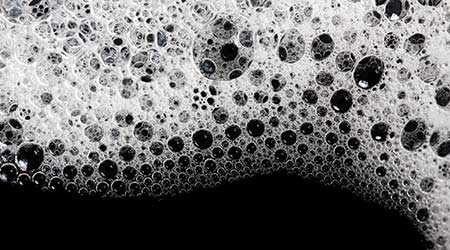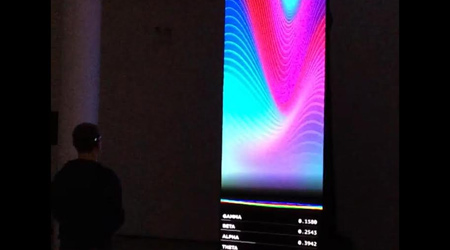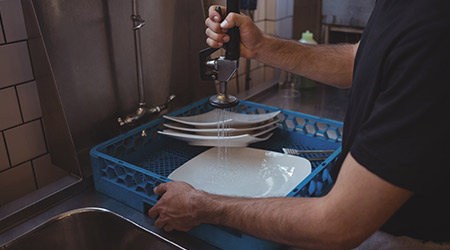
New Coating Could Cut Building Cooling Demand
November 9, 2018
Sometimes, it’s exciting to watch paint dry.
Researchers at Columbia University have developed a coating that can achieve more than 96 percent solar reflectance and a 97 percent thermal emittance. The coating can be applied to building roofs, exteriors, and other substrates, keeping buildings cooler on their own, as well as reducing cooling demand and urban heat island effect.
Cool coatings already exist and depend largely on white pigments or other additives that can reflect sunlight. But these coatings reflect sunlight imperfectly and not across its entire spectrum, so some energy still is absorbed and converted into heat.
This new coating avoids the problem of absorptive pigments by removing them altogether. To create the coating, researchers applied a thin layer of a clear solution made of a thermally emissive polymer, a solvent, and water on a surface. The solvent evaporates, causing the water to form droplets within the polymer. Once the water droplets evaporate, the polymer is left riddled with microscopic air voids, like a sponge.
Instead of absorbing, these holes scatter, reflect more than 96 percent of sunlight and make the polymer appear very white. The same process results in white snow and soap foam. By combining the 97 percent thermal emissivity of the polymer with the high reflectivity of the microfoam-like structure of the resulting coating, the material can continuously avoid and reject heat from sunlight.
Researchers were able to also tint the coating with dyes, though this somewhat decreases its solar reflectance. The research was published in Science.
This Quick Read was submitted by Naomi Millán, senior editor, Building Operating Management. Check out this video to watch the way the researchers made the coating.
Next
Read next on FacilitiesNet












